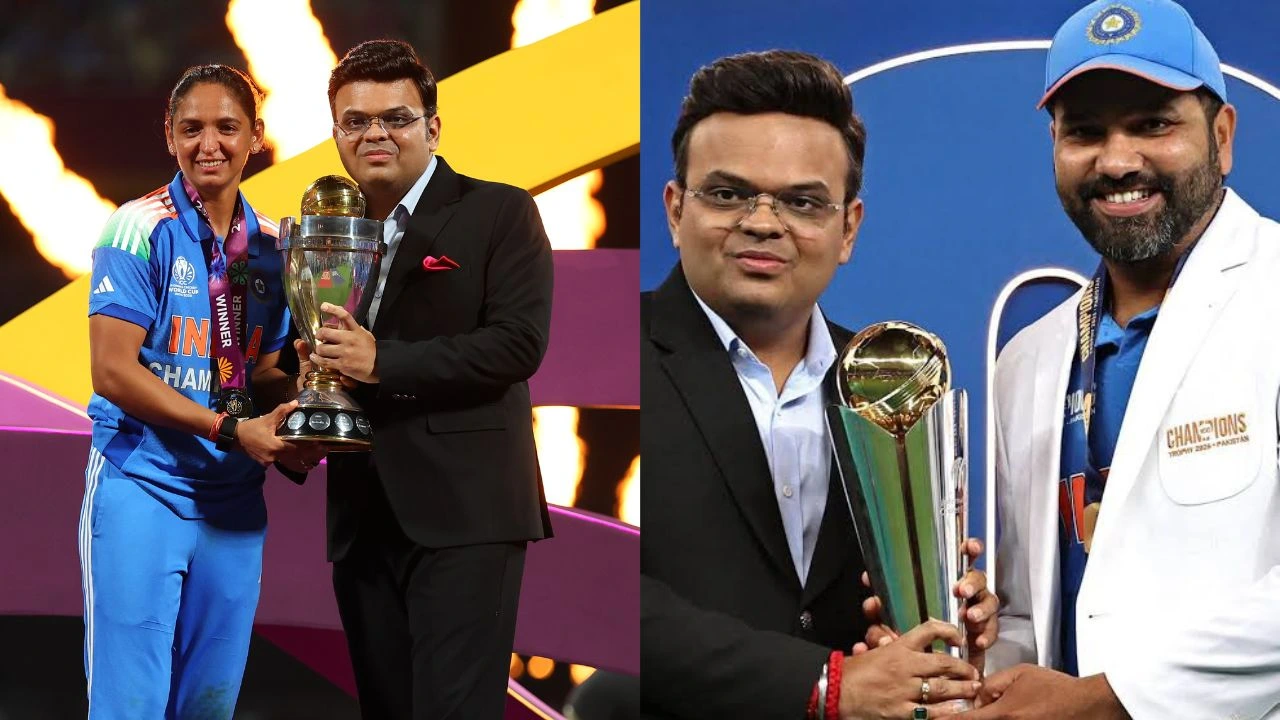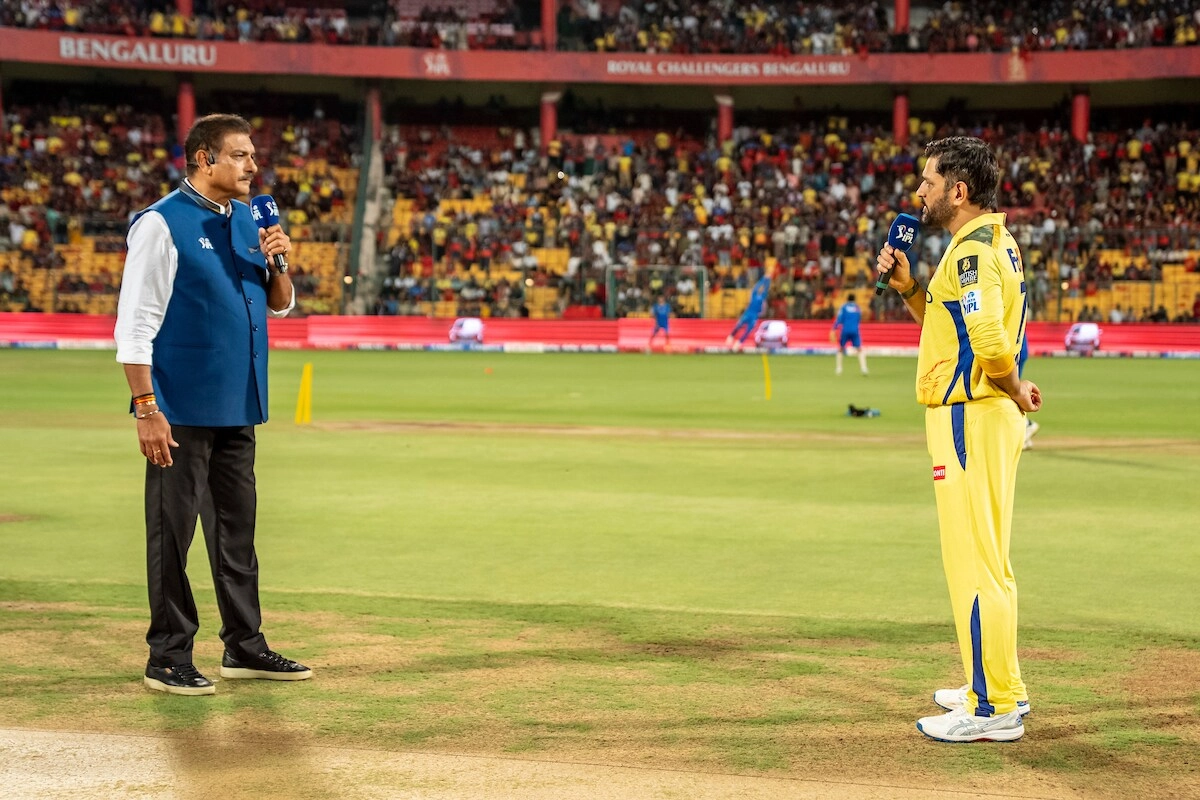The Board of Control for Cricket in India (BCCI) has made a significant decision regarding the future of women’s cricket in the country, particularly in the wake of Harmanpreet Kaur’s leadership. Following the Indian women’s team’s recent victory at the ICC championship, there have been calls for a reevaluation of Kaur’s position as captain. The phrase “Rohit Sharma treatment” refers to the scrutiny and consequences that can arise from high expectations placed on leaders in Indian cricket. While Rohit Sharma has faced his share of challenges, Kaur’s situation presents a unique context given the growing visibility and popularity of women’s cricket.
Harmanpreet Kaur’s tenure as captain has been marked by notable successes, including her role in steering the team to significant wins on the international stage. However, the recent ICC title win has intensified discussions about leadership and performance in women’s cricket. Critics argue that the pressure on Kaur to deliver consistent results, akin to that faced by male counterparts like Rohit Sharma, has reached a tipping point. As the BCCI navigates these turbulent waters, the call for Kaur’s removal could signify a broader shift in how leadership is perceived within women’s cricket.
The implications of such a decision extend beyond just Kaur’s career; they resonate deeply within the framework of women’s sports in India. While some may view the demand for her dismissal as a necessary step for progress, others assert that it undermines the achievements of female athletes who have worked tirelessly to elevate the sport. The BCCI’s actions will undoubtedly set a precedent in how women’s cricket is managed and how leaders are held accountable, balancing expectations against the realities of the sport’s evolving landscape.




